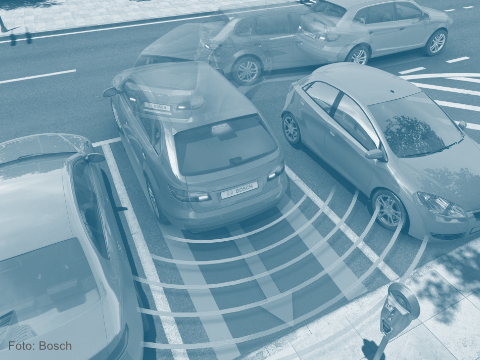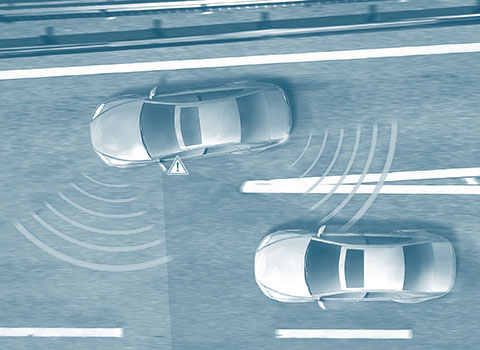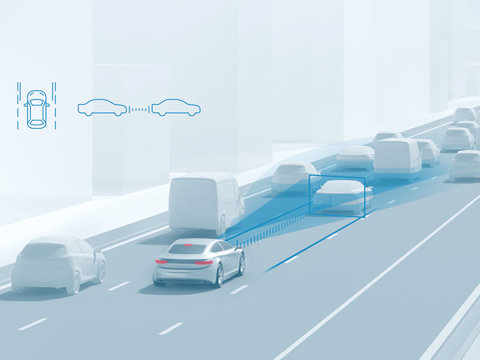Acoustic warning system AVAS
An Acoustic Vehicle Alerting System (AVAS) is a type of technology designed mainly for electric cars. It is also known as the Pedestrian Warning System and is designed to improve the safety of pedestrians and other road users. Vehicles with acoustic warning systems generate artificial driving sounds to draw attention to themselves, thereby preventing potential accidents.
Function
Electric and hybrid vehicles are more difficult or sometimes almost impossible for pedestrians and other road users to notice due to their quiet running noises when compared to vehicles with conventional internal combustion engines. This can lead to dangerous situations, especially in urban areas, as pedestrians may not notice early enough that an electric or hybrid vehicle is approaching. That is why, since July 2021, every newly registered electric car must have an acoustic warning system.
Acoustic warning systems, which are mainly designed for electric cars, generate artificial driving noises in the lower speed range to draw attention to themselves and prevent potential accidents. If a vehicle with alternative drive technology is travelling in a higher speed range, the rolling noise of the tyres on the road is sufficiently audible for pedestrians and the acoustic warning system is automatically deactivated. AVAS, also known as the pedestrian warning system, is not only fitted to passenger cars, but also to commercial vehicles and other vehicles.
The AVAS system is automatically activated when the car is switched on and produces a clearly audible artificial engine noise up to the set speed level and when reverse gear is engaged. Once the set speed level is exceeded, the signal is automatically faded out.
Acoustic warning systems consist primarily of a signal transmitter and an electronic system. The internal communication between AVAS and the vehicle’s on-board electronics takes place via the CAN bus. In this process, the AVAS system receives information about the vehicle speed and the gear position of the vehicle. In most systems, this increases the audio frequency and volume of the simulated engine noise in a small loudspeaker as the speed increases (when starting up). With decreasing speed, the opposite is true. The simulated engine noise is produced when driving forwards and reversing.







